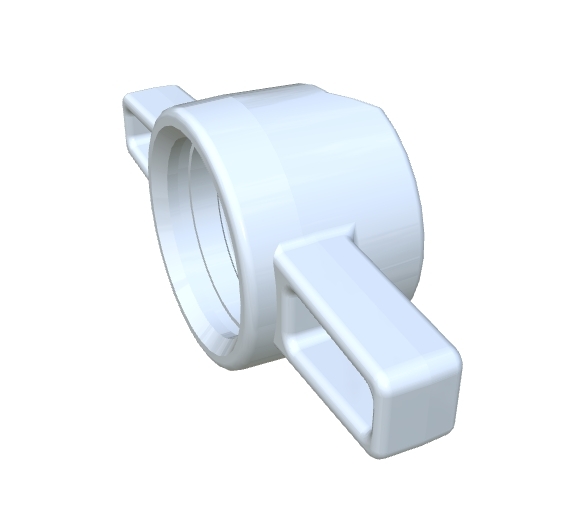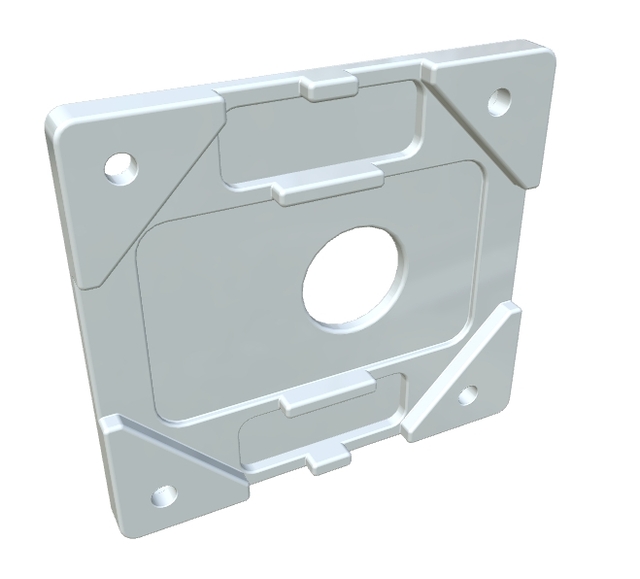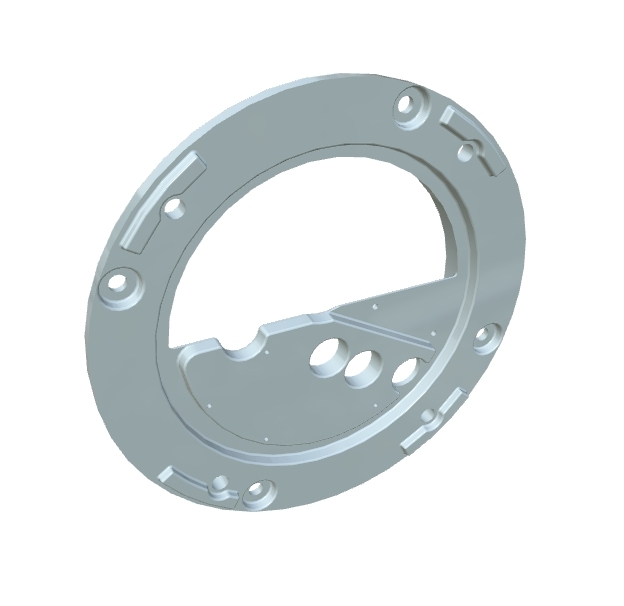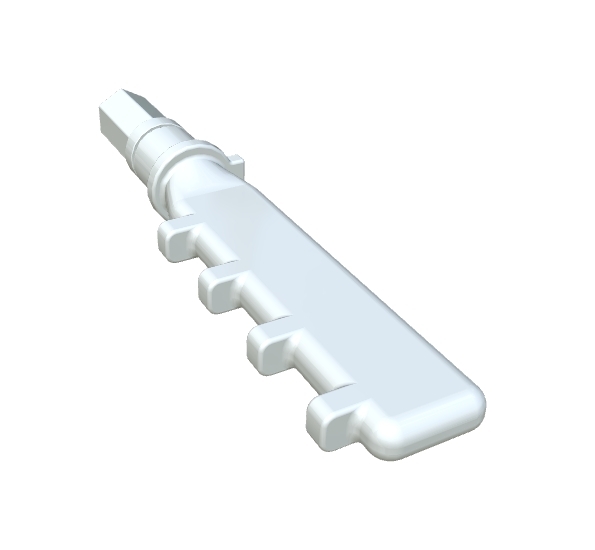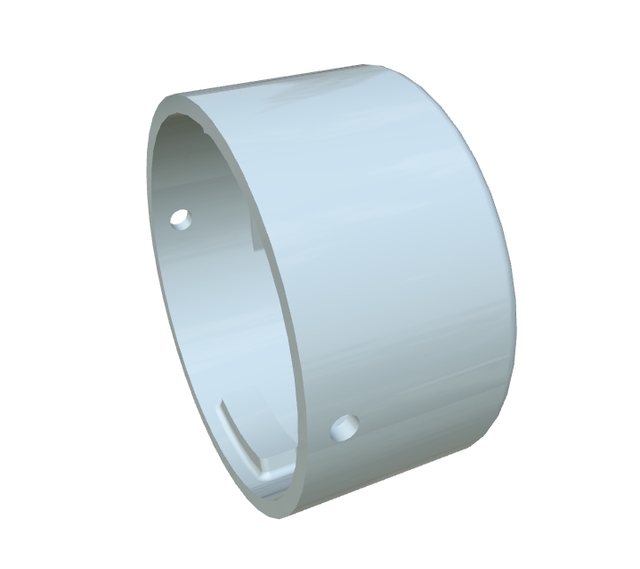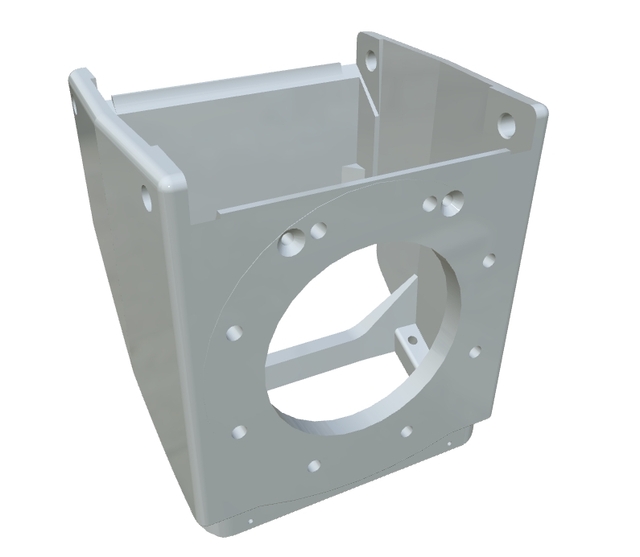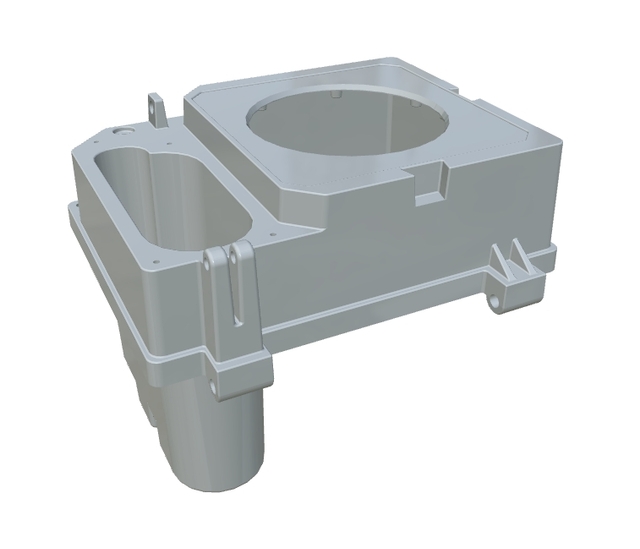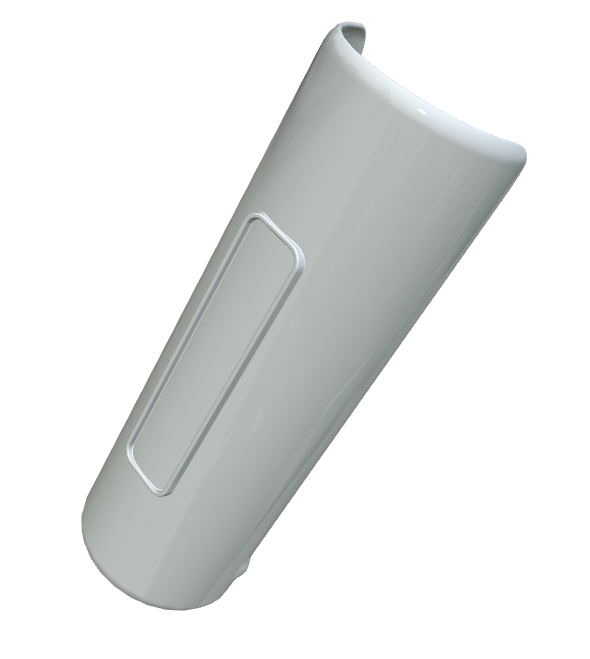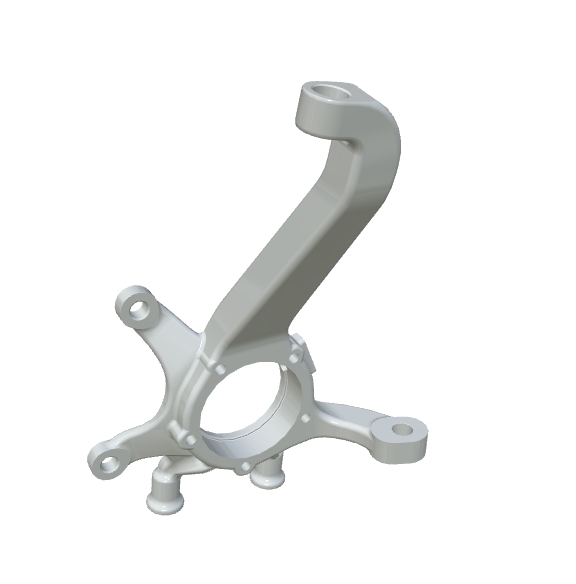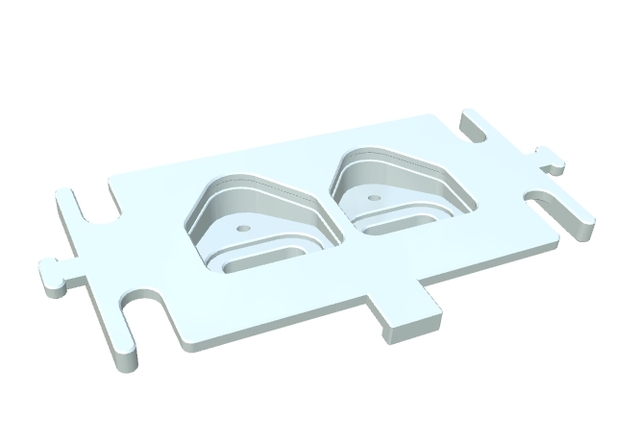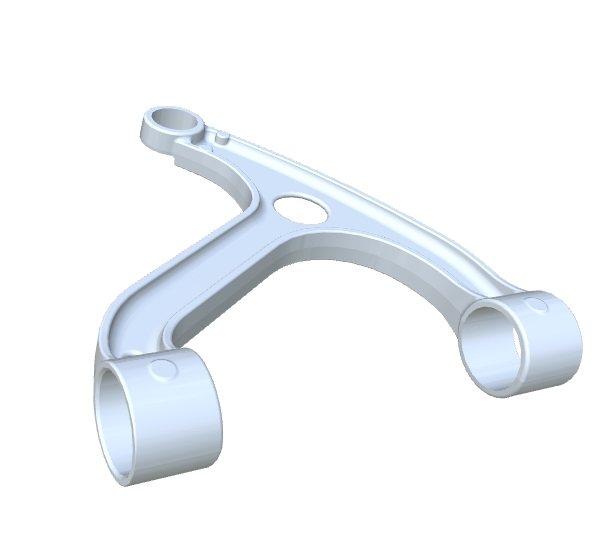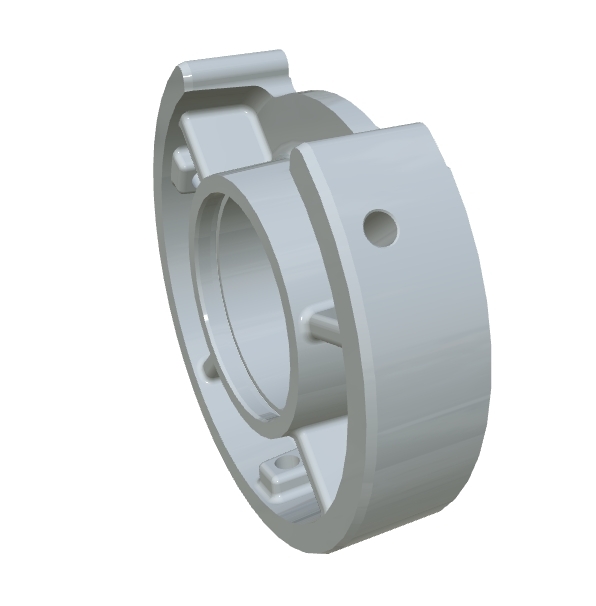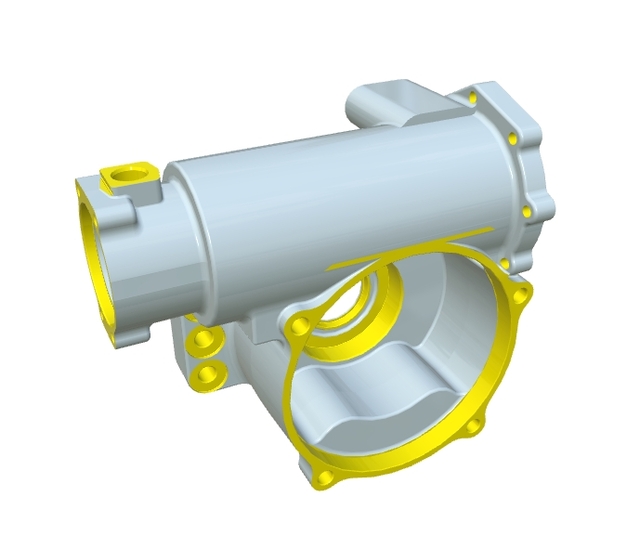The metal casting process is an essential technique in creating precision instruments and components used in various industries, including laboratory environments. As technologies advance, so do the methods of metal casting, offering superior quality and efficiency. The metal casting process involves pouring molten metal into a mold to achieve a desired shape once it solidifies. This foundational technique gives rise to a wide range of metal casting types, each serving specific purposes across different fields.
Among the most prominent metal casting techniques are sand casting, die casting, investment casting, and lost foam casting. Each method brings unique advantages, catering to diverse production needs. Traditional sand casting is cherished for its ability to shape large and complex metal structures, while die casting is favored in industries that require mass production of small to medium-sized components with intricate details. Investment casting, often called "lost-wax casting," is prized for its ability to achieve high detail and accuracy, making it ideal for creating components like the Dual-Chamber Microchip Slide, which requires excellent precision and reliability. Meanwhile, the lost foam casting process streamlines production by reducing steps and is ideal for producing detailed and accurate metal parts.
With innovations such as the Dual-Chamber Microchip Slide, developed using advanced metal casting, the landscape of scientific and medical research is set to evolve. This state-of-the-art tool leverages the intricacies of metal casting techniques to enhance laboratory workflow. Its expertly crafted design, featuring two precisely engineered wells, allows for simultaneous experiments or dual-sample analysis, which is a breakthrough for researchers demanding accuracy and repeatability.
The Dual-Chamber Microchip Slide is manufactured from high-grade, durable material, ensuring its longevity and repeated use in any laboratory setting. Its metal casting process ensures a smooth, white finish that provides easy visualization and contrast under a microscope, an advantage for researchers conducting detailed analysis. With ergonomic design elements such as extended tabs and notches, this microchip slide guarantees secure handling and compatibility across a broad spectrum of laboratory equipment.
Embracing the benefits of contemporary metal casting processes, the Dual-Chamber Microchip Slide significantly reduces contamination risks and expedites experimental procedures. It reflects the continued evolution and enhancement of metal casting techniques. Whether sand casting, investment casting, die casting, or lost foam casting, each contributes to the development of products that drive innovation and set new standards in their respective fields.
Considering the versatility and efficiency the metal casting process offers to manufacturers and researchers alike, it continues to play a pivotal role in advancing industrial and scientific progress. By understanding and harnessing the potential of various metal casting techniques, companies and laboratories can effectively create products that anticipate and meet the future demands of scientific exploration and industrial application.
Advanced Metal Casting Process Techniques for Precision Components
Get Latest Price >
| Label | Value |
|---|---|
| Brand | LS Custom Parts Manufacturers |
| Customization Service | Metal Casting, Sand Casting, Low Pressure Casting, High Pressure Casting, Investment Casting |
| Drawing format | 2D/(PDF/CAD)、3D(IGES/STEP/GLB) |
| Material Capabilities | Aluminum、Brass、Bronze、Copper、Hardened Metals、Precious Metals、Stainless Steel、Alloys、TPR |
| Sample | Free |
| Supply Ability | 100000 Pieces Per Day |
| Surface Finish | Customized Finishing |
| Thickness | Customized Thickness |
| Type | Broaching/Drilling/Etching / Chemical Machining/Laser Machining/Milling/Turning/Wire EDM/Rapid Prototyping/Other Machining Services |
| Services | CNC Machining,Metal Casting,Injection Molding,Sheet Metal Fabrication,Rapid Prototyping,3D Printing |
Contact
Ready to start your next project with LS Manufacturing?
Contact us today to learn more about our services and how we can help you achieve your goals.
 LS Hardware Tech Co., Ltd
LS Hardware Tech Co., LtdRapid lead times starting from just 1 business day.
ISO 9001,ISO 14001,IATF 16949 and AS9100D Certification.
Over 100 materials available, with 50+ surface finish options.
Cost-effective mass production.
Order as low as 1 piece.


